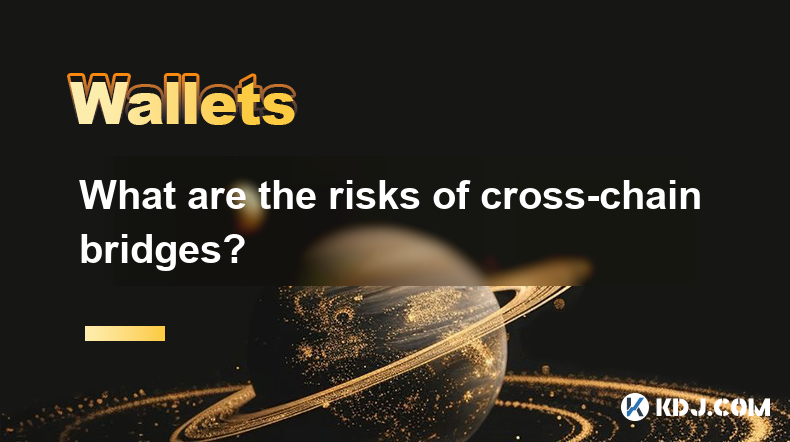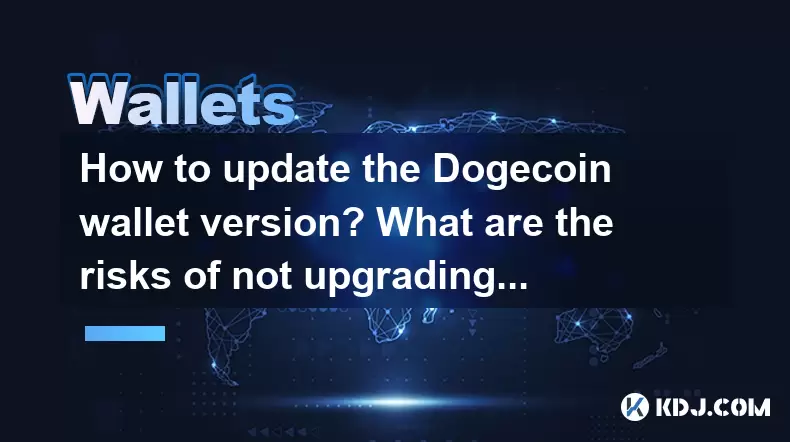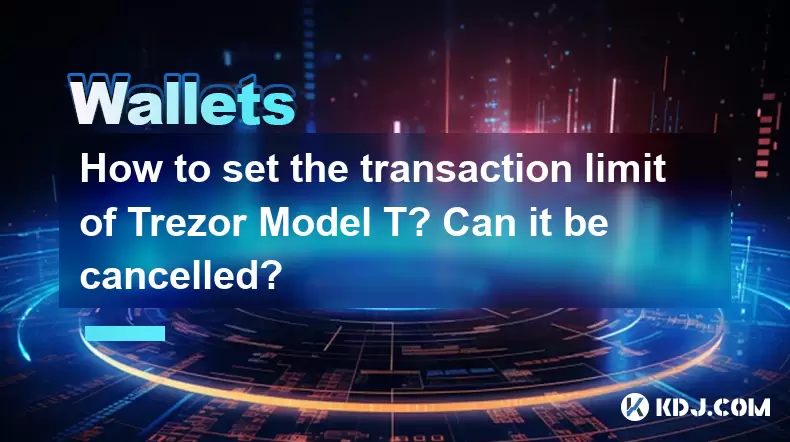-
 Bitcoin
Bitcoin $103,243.7406
3.45% -
 Ethereum
Ethereum $2,335.3701
20.03% -
 Tether USDt
Tether USDt $0.9999
-0.03% -
 XRP
XRP $2.3932
8.33% -
 BNB
BNB $633.7730
3.06% -
 Solana
Solana $168.4639
8.84% -
 USDC
USDC $1.0001
0.01% -
 Dogecoin
Dogecoin $0.2074
12.81% -
 Cardano
Cardano $0.7919
9.96% -
 TRON
TRON $0.2592
3.07% -
 Sui
Sui $3.9942
6.90% -
 Chainlink
Chainlink $16.1425
8.53% -
 Avalanche
Avalanche $23.1914
10.37% -
 Stellar
Stellar $0.3033
10.18% -
 Shiba Inu
Shiba Inu $0.0...01541
14.48% -
 Hedera
Hedera $0.2020
8.09% -
 Hyperliquid
Hyperliquid $25.0754
14.00% -
 Bitcoin Cash
Bitcoin Cash $413.4478
-0.41% -
 Toncoin
Toncoin $3.2709
4.75% -
 UNUS SED LEO
UNUS SED LEO $8.7352
-0.75% -
 Litecoin
Litecoin $98.2522
6.16% -
 Polkadot
Polkadot $4.6469
8.95% -
 Monero
Monero $304.6089
2.04% -
 Pepe
Pepe $0.0...01308
41.65% -
 Dai
Dai $1.0001
-0.01% -
 Pi
Pi $0.7540
21.13% -
 Bitget Token
Bitget Token $4.5203
4.24% -
 Ethena USDe
Ethena USDe $1.0002
-0.02% -
 Uniswap
Uniswap $6.3627
22.19% -
 Bittensor
Bittensor $431.6840
6.74%
What are the risks of cross-chain bridges?
Cross-chain bridges facilitate asset transfers between blockchains but face vulnerabilities, interoperability issues, smart contract complexity, centralization risk, and regulatory uncertainty.
Feb 21, 2025 at 04:30 am

Key Points
- Vulnerability to Hacks and Exploits: Cross-chain bridges are attractive targets for hackers due to the large amounts of funds they handle. Exploiting a critical vulnerability in the bridge's code or infrastructure can lead to the theft of user assets.
- Interoperability Issues: Cross-chain bridges facilitate the transfer of assets between different blockchains, which can come with compatibility and interoperability challenges. Differences in blockchain protocols, consensus mechanisms, and security measures can lead to vulnerabilities and potential loss of funds.
- Smart Contract Complexity: Cross-chain bridges rely heavily on smart contracts to facilitate asset transfers. Smart contracts, while providing automation and transparency, introduce complex code that can contain bugs or vulnerabilities. These vulnerabilities can be exploited by malicious actors to compromise bridge security.
- Centralization Risk: Some cross-chain bridges are operated by a single entity or a small group of entities, introducing a risk of centralization. Centralized bridges can be more susceptible to censorship, abuse of power, or even manipulation by a malicious actor with administrative control.
- Regulatory Uncertainty: The regulatory landscape for cross-chain bridges is still evolving, with different jurisdictions taking varying approaches to their classification and supervision. This uncertainty can impact the legal and operational status of bridges, as well as the risks associated with their use.
Risks and Mitigation Strategies
1. Vulnerability to Hacks and Exploits
Risks:
- Hackers can exploit vulnerabilities in the bridge's code or infrastructure to gain unauthorized access to user funds.
- Vulnerabilities in the smart contracts used for asset transfer can enable theft or manipulation of funds.
- Phishing attacks can target users with malicious links or fake websites that give attackers access to their bridge accounts.
Mitigation Strategies:
- Implement robust security measures such as secure coding practices, regular security audits, and penetration testing.
- Encourage the use of multi-signature wallets or other mechanisms for shared control over bridge operations.
- Require rigorous identity verification procedures to prevent unauthorized access to bridge services.
- Educate users about potential security risks and phishing threats to prevent them from becoming targets.
2. Interoperability Issues
Risks:
- Differences in blockchain protocols can lead to data loss or corruption when transferring assets between chains.
- Varying consensus mechanisms among blockchains can cause delays or failures in asset transfers.
- Security measures implemented on one blockchain may not be compatible with another, creating security risks.
Mitigation Strategies:
- Conduct extensive testing to ensure compatibility and interoperability between different blockchains.
- Implement standardized protocols and mechanisms for asset transfers to minimize data loss and corruption.
- Develop cross-chain bridges that are specifically designed to handle interoperability challenges, such as threshold-based bridges or atomic swaps.
3. Smart Contract Complexity
Risks:
- Complex smart contracts increase the risk of introducing bugs or vulnerabilities that can be exploited by malicious actors.
- Errors in smart contract logic can lead to unintended results, such as loss of user funds or theft.
- The absence of formal verification or unit testing for smart contracts can lead to undetected vulnerabilities.
Mitigation Strategies:
- Apply high standards of software engineering and code review to ensure the security and reliability of smart contracts.
- Implement automated testing and verification techniques to ensure the correctness of smart contract implementations.
- Use standardized smart contract libraries or frameworks to reduce the risk of introducing vulnerabilities.
4. Centralization Risk
Risks:
- A single entity or a small group of entities controlling a centralized bridge poses a risk of censorship or manipulation of asset transfers.
- Malicious actors with administrative control over the bridge could potentially steal or redirect user funds.
- Centralized bridges may be more vulnerable to government surveillance or regulatory actions.
Mitigation Strategies:
- Decentralize bridge operations by using multi-party governance mechanisms or community-driven decision-making.
- Implement transparency measures such as open-source code and regular audits to increase accountability and reduce the risk of abuse.
- Encourage the use of non-custodial bridges that do not hold user funds in a centralized manner.
5. Regulatory Uncertainty
Risks:
- Evolving regulatory frameworks for cross-chain bridges can create uncertainty and legal risks for bridge operators and users.
- Different jurisdictions may apply varying regulations to bridges, leading to regulatory arbitrage or compliance challenges.
- Lack of clear regulatory guidelines can hamper innovation and development in the cross-chain bridge industry.
Mitigation Strategies:
- Monitor regulatory developments and stay informed about applicable laws and regulations.
- Engage with regulators and policymakers to provide input and advocate for balanced regulatory policies.
- Adopt proactive compliance measures to ensure compliance with existing and future regulations.
FAQs
1. What is the biggest risk associated with cross-chain bridges?
Hackers and exploits are the biggest risk associated with cross-chain bridges, as they can result in the theft or loss of user funds.
2. How frequent are cross-chain bridge hacks?
Cross-chain bridge hacks are relatively frequent, with several high-profile incidents occurring in recent years.
3. Are cross-chain bridges safe?
The safety of cross-chain bridges varies depending on the specific bridge and the measures it takes to mitigate risks. Some bridges have robust security systems in place, while others may be more vulnerable.
4. Are centralized cross-chain bridges more risky than decentralized bridges?
Centralized cross-chain bridges are generally considered more risky than decentralized bridges, as they are controlled by a single entity or a small group of entities. Decentralized bridges, which use a distributed governance model, may be less susceptible to manipulation or fraud.
Disclaimer:info@kdj.com
The information provided is not trading advice. kdj.com does not assume any responsibility for any investments made based on the information provided in this article. Cryptocurrencies are highly volatile and it is highly recommended that you invest with caution after thorough research!
If you believe that the content used on this website infringes your copyright, please contact us immediately (info@kdj.com) and we will delete it promptly.
- Dogecoin Price is Climbing toward $0.20
- 2025-05-09 19:05:14
- Dogecoin (DOGE) Price Prediction: What's Driving DOGE's Current Price Surge?
- 2025-05-09 19:05:14
- Sui (SUI) Integrates with Axelar Network to Unlock Cross-Chain Interoperability
- 2025-05-09 19:00:13
- Bitcoin (BTC) Reaches the Psychological Price Level of $100,000
- 2025-05-09 19:00:13
- Pectra: Ethereum Takes a Transformative Leap Forward, Opening New Markets and Redefining the Stack
- 2025-05-09 18:55:12
- Coinbase Q1:- The leading crypto exchange Coinbase has released it Quarterly report for Q1 2025.
- 2025-05-09 18:55:12
Related knowledge

How to update the Dogecoin wallet version? What are the risks of not upgrading?
May 09,2025 at 06:56pm
Updating your Dogecoin wallet to the latest version is crucial for maintaining security, accessing new features, and ensuring compatibility with the network. This guide will walk you through the process of updating your Dogecoin wallet and highlight the risks associated with not upgrading. Checking Your Current Dogecoin Wallet VersionBefore you can upda...

How to create a Dogecoin wallet? What are the steps to store Dogecoin safely?
May 09,2025 at 05:07pm
Creating a Dogecoin wallet and ensuring the safety of your Dogecoin are essential steps for anyone interested in participating in the cryptocurrency ecosystem. Dogecoin, originally created as a meme-inspired cryptocurrency, has gained significant traction and requires secure management to protect your investments. This article will guide you through the...

How to set the transaction limit of Trezor Model T? Can it be cancelled?
May 09,2025 at 10:35am
Setting the transaction limit on a Trezor Model T is an essential feature for users who want to enhance their security and manage their cryptocurrency transactions more effectively. This guide will walk you through the detailed steps to set a transaction limit on your Trezor Model T, as well as how to cancel it if needed. Understanding Transaction Limit...

How to generate a new address with Trezor Model T? Is there an upper limit?
May 09,2025 at 07:36am
Introduction to Trezor Model TThe Trezor Model T is a highly respected hardware wallet in the cryptocurrency community, known for its robust security features and user-friendly interface. It supports a wide range of cryptocurrencies and allows users to manage their digital assets securely. One of the essential functions of any hardware wallet is the abi...

How to enable Tor for Trezor Model T? Will the speed be slower?
May 09,2025 at 05:14pm
Enabling Tor on your Trezor Model T provides an additional layer of privacy and security by routing your transactions through the Tor network. This guide will walk you through the process of enabling Tor on your Trezor Model T and discuss the potential impact on transaction speed. Preparing Your Trezor Model T for TorBefore you begin, ensure that your T...

How to export the transaction history of Trezor Model T? What is the format?
May 09,2025 at 07:14pm
Introduction to Trezor Model T Transaction HistoryTrezor Model T is a popular hardware wallet that provides a secure way to store and manage your cryptocurrencies. One of the essential features of any cryptocurrency wallet is the ability to export transaction history. This allows users to keep track of their transactions, monitor their financial activit...

How to update the Dogecoin wallet version? What are the risks of not upgrading?
May 09,2025 at 06:56pm
Updating your Dogecoin wallet to the latest version is crucial for maintaining security, accessing new features, and ensuring compatibility with the network. This guide will walk you through the process of updating your Dogecoin wallet and highlight the risks associated with not upgrading. Checking Your Current Dogecoin Wallet VersionBefore you can upda...

How to create a Dogecoin wallet? What are the steps to store Dogecoin safely?
May 09,2025 at 05:07pm
Creating a Dogecoin wallet and ensuring the safety of your Dogecoin are essential steps for anyone interested in participating in the cryptocurrency ecosystem. Dogecoin, originally created as a meme-inspired cryptocurrency, has gained significant traction and requires secure management to protect your investments. This article will guide you through the...

How to set the transaction limit of Trezor Model T? Can it be cancelled?
May 09,2025 at 10:35am
Setting the transaction limit on a Trezor Model T is an essential feature for users who want to enhance their security and manage their cryptocurrency transactions more effectively. This guide will walk you through the detailed steps to set a transaction limit on your Trezor Model T, as well as how to cancel it if needed. Understanding Transaction Limit...

How to generate a new address with Trezor Model T? Is there an upper limit?
May 09,2025 at 07:36am
Introduction to Trezor Model TThe Trezor Model T is a highly respected hardware wallet in the cryptocurrency community, known for its robust security features and user-friendly interface. It supports a wide range of cryptocurrencies and allows users to manage their digital assets securely. One of the essential functions of any hardware wallet is the abi...

How to enable Tor for Trezor Model T? Will the speed be slower?
May 09,2025 at 05:14pm
Enabling Tor on your Trezor Model T provides an additional layer of privacy and security by routing your transactions through the Tor network. This guide will walk you through the process of enabling Tor on your Trezor Model T and discuss the potential impact on transaction speed. Preparing Your Trezor Model T for TorBefore you begin, ensure that your T...

How to export the transaction history of Trezor Model T? What is the format?
May 09,2025 at 07:14pm
Introduction to Trezor Model T Transaction HistoryTrezor Model T is a popular hardware wallet that provides a secure way to store and manage your cryptocurrencies. One of the essential features of any cryptocurrency wallet is the ability to export transaction history. This allows users to keep track of their transactions, monitor their financial activit...
See all articles






















































































